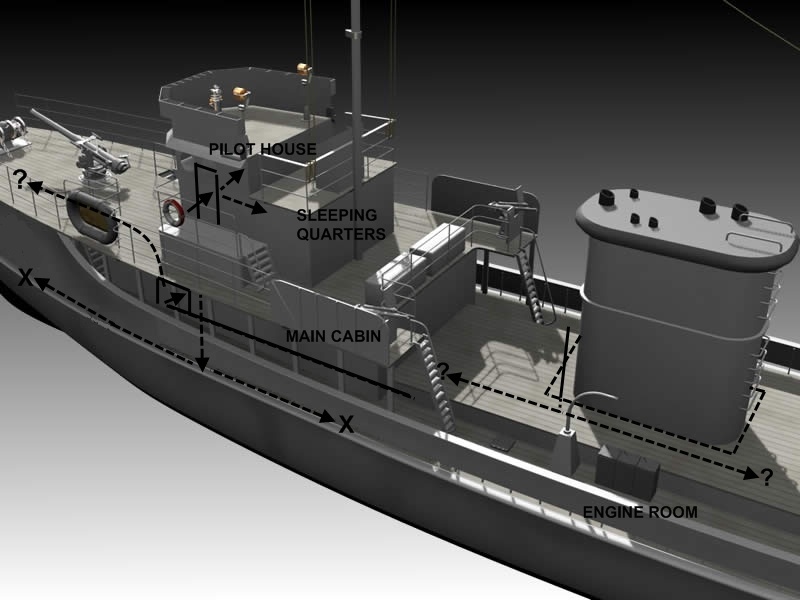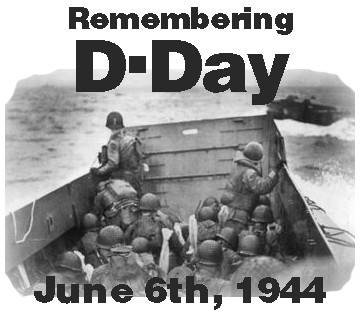|
http://www.navsource.org/archives/11/19375.htm
MS-1 Class Auxiliary
Motor Minesweeper: Laid down 8 December 1942 by Greenport Basin and
Construction Co., Greenport, NY Launched 27 February 1943 Completed 26
July 1943 Commissioned USS YMS-375 Damaged by a mine 8 October 1944 off
Brest, France Struck from the Navy Register 19 February 1948 Sold to
Turkey 10 May 1948 and named TCG Kozlu (M 513) Fate unknown.
Specifications:
Displacement 245 t. Length 136' Beam 22' 9" Draft 6' 3"
Speed 14.5 kts. Complement 50 Armament: One 3"/50 dual purpose mount and
two 20mm mounts; Propulsion two 880bhp General Motors 8-268A diesel
engines, Snow and Knobstedt single reduction gear, two shafts
http://www.commandposts.com/2013/06/d-day-the-first-wave/
Nautical twilight arrived in
Normandy on June 6 at 5:16 a.m., when the ascending sun was twelve degrees below
the eastern horizon. For the next forty-two minutes, until sunrise at 5:58, the
dawning day revealed what enemy radar had not. To a German soldier near
Vierville, the fleet materialized “like a gigantic town” afloat, while a French
boy peering from his window in Grandcamp saw “more ships than sea.”
Minesweepers nosed close to shore, clearing bombardment lanes
for 140 warships preparing to drench the coast with gunfire. Blinkered messages
from sweeps just two miles off the British beaches reported no hint of enemy
stirrings, and Omaha too appeared placid. But at 5:30 a.m., on the approaches to
Utah, black splashes abruptly leaped mast-high fore and aft of the cruisers
H.M.S. Black Prince and U.S.S. Quincy, followed by the distant bark of shore
guns. Two destroyers also took fire three miles from the shingle, and a
minesweeper fled seaward, chased by large shells thrown from St.-Vaast. At 5:36
a.m., after allowing Mustang and Spitfire spotter planes time to pinpoint German
muzzle flashes, Admiral Deyo ordered, “Commence counter battery bombardment.”
http://www.battleships-cruisers.co.uk/black_prince.htm
D-Day ,6th June 1944,and with the American Fleet ( Task Force
129-assembled earlier in Bangor Bay ) H.M.S. Black Prince was off the Cherbourg
Peninsula for the landing of "UTAH" and "OMAHA" beaches in Normandy H.M.S. Black
Prince was involved with the D-Day invasion for nine days and fired over 1,300
shells.
http://www.minesweepers.org.uk/ledway.htm
".... but the minesweepers were the vanguard, even before the
paratroopers and the gliders; and those of us following behind had cause to be
grateful to them for their work that night."
That 'Operation Neptune', the naval section of 'Operation
Overlord' - the invasion of France at Normandy, originally intended for 5th June
1944 but because of bad weather, postponed for 24 hours and taking place on the
6th - was probably the largest and most complex of all naval operations in World
War II, there can be little argument
Operation 'Neptune' was the codename for the naval part of
'Operation Overlord' and covers the period from the 5th June to 30th June 1944
even though Fleet Minesweepers were still very much engaged through July and
August. It wasn't only the Fleet Minesweepers which were engaged in mine
clearing operations. There were other smaller vessels including danlayers, some
specially built for the task and others converted from fishing vessels. Some of
these, together with motor launches of Coastal Forces carried out shallow
mineweeping ahead of the big Fleet Minesweepers. There were also those whose job
it was to assist in the destruction of swept mines and the many other, small
specialist minesweepers, who would follow in the days after D-day to take on the
enormous job of clearing the inshore areas of mines, particularly the
ground/influence mines (magnetic and acoustic) in order to allow transport and
supply vessels to operate in safety. These specialist minesweepers were the
BYM's (American built wooden sweepers) and the MMS's (Mickey Mouses) and their
work, superbly carried out clearing close inshore and the mouths of rivers were
vital to the success of the invasion.
|


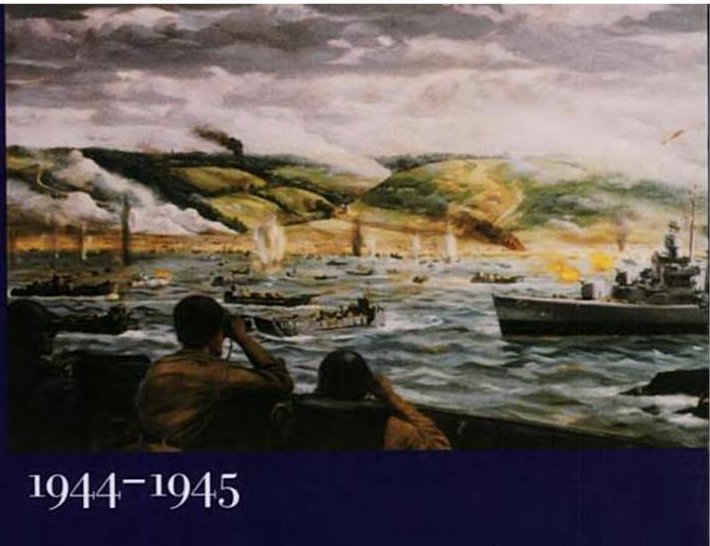


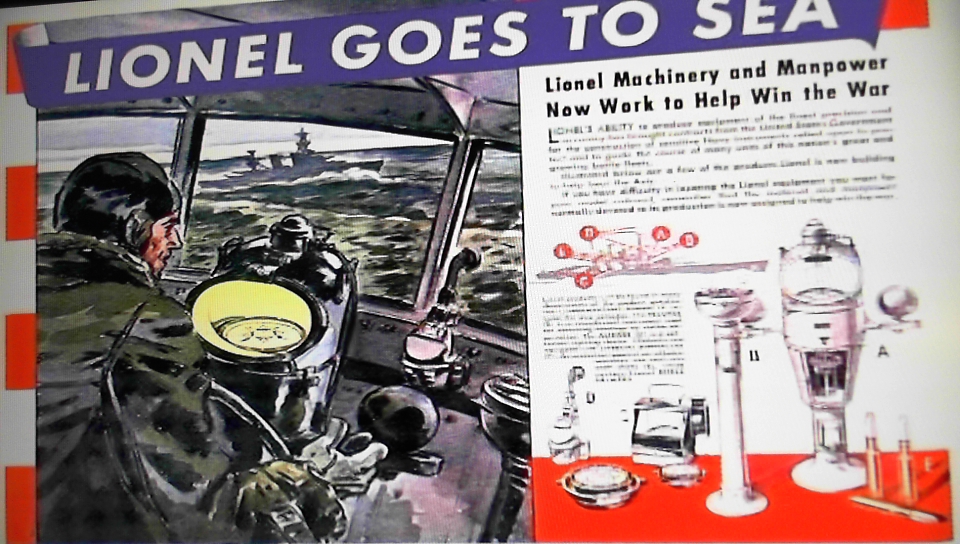

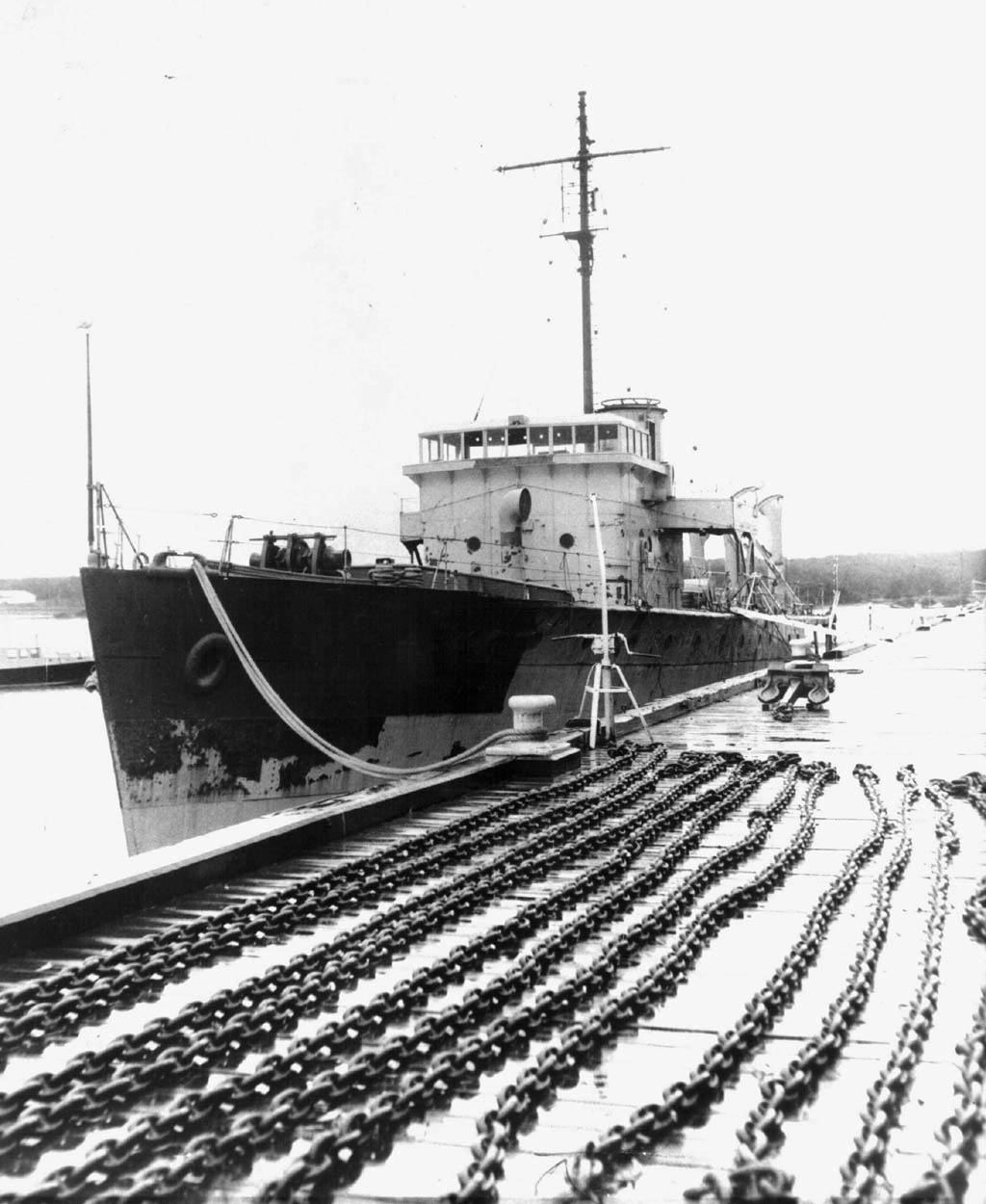
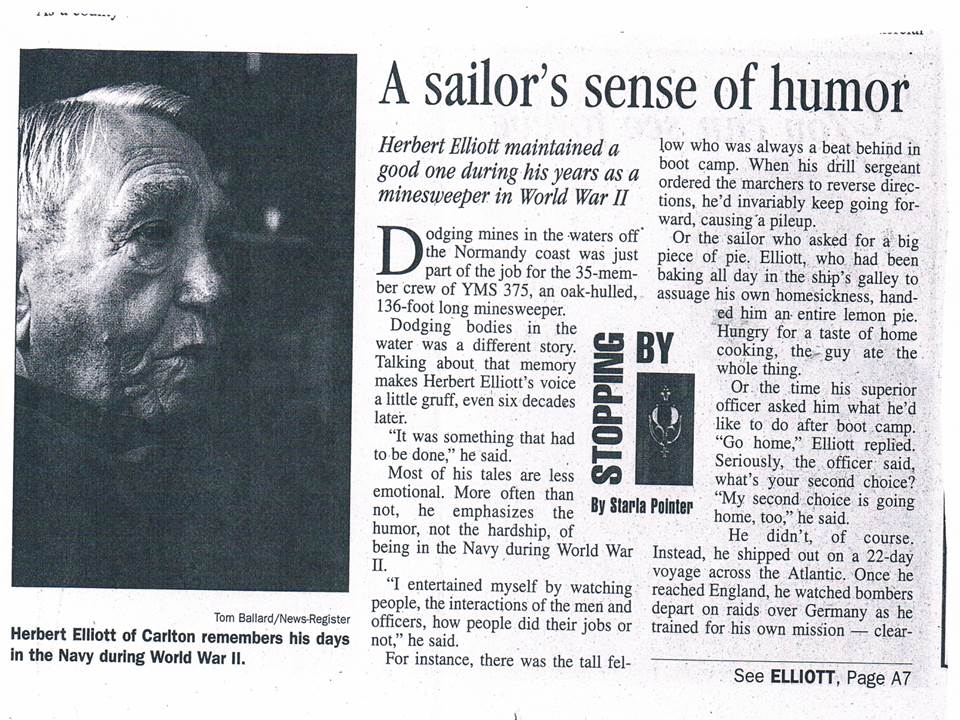
.png)
.png)
